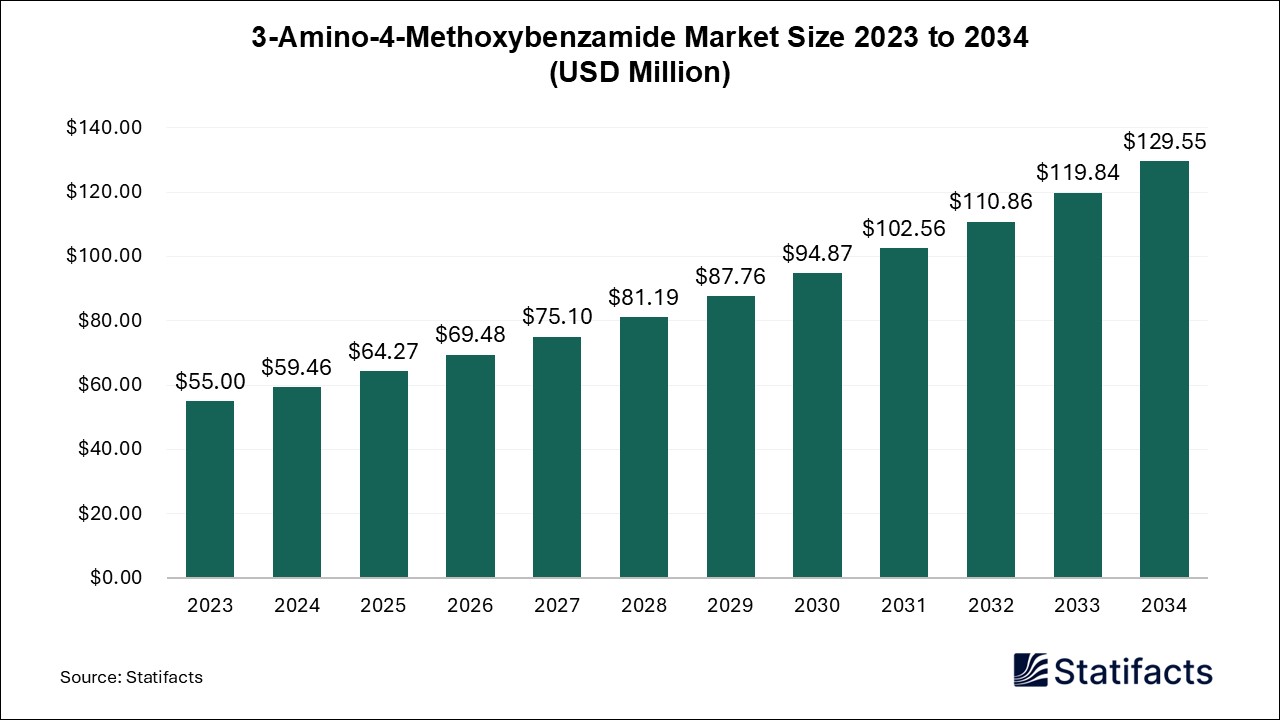

Our customers work more efficiently and benefit from
The global interventional oncology market size accounted for USD 4,500 million in 2024 and is expected to exceed around USD 11,990 million by 2034, growing at a CAGR of 10.3% from 2025 to 2034.
| Industry Worth | Details |
| Market Size in 2025 | USD 4,960 Million |
| Market Size by 2034 | USD 11,990 Million |
| Market Growth Rate from 2025 to 2034 | CAGR of 10.3% |
The interventional oncology market deals with the diagnosis, treatment, and palliation of cancer using minimally invasive procedures executed under image guidance. The process uses instruments such as X-rays, CT scans, ultrasound, or magnetic resonance imaging for guidance. The industry is witnessing substantial investment in research and development, mainly in combining interventional methods with the latest emerging therapies. The major reason why the market is growing is because of the large number of environmental carcinogens, which is causing a rise in cancer cases worldwide.
According to the American Cancer Society, there are 2,041,910 new cancer cases, and 618,120 cancer deaths are projected to occur in the United States in 2025. There is also a shift toward minimally invasive procedures along with major breakthroughs in imaging technologies, as well as longer life expectancies, which is growing the global geriatric population. Elderly persons are more susceptible to oncology-related disorders. Moreover, growing awareness of interventional oncology among healthcare providers further accelerates its adoption.
The rising focus on early cancer detection is the major factor in the growth of the interventional oncology market. Cancer continues to be a leading reason of death globally. Being able to detect cancers at an early stage can substantially improve survival rate, but few approaches have come with challenges that include the possibility of overly diagnosis and overtreatment, which can affect patients who would not have developed overt malignancy. Notable advancements in cancer therapeutics are giving healthcare providers novel tools to tackle the rising number of new cases. Physicians are now focusing on targeted oncology therapies along with personalized healthcare plans to maximize treatment efficacy and better patient outcomes.
The significant acceptance of radioembolization as a treatment for oncology is boosting expansion in the interventional oncology market. Interventional oncology fulfills this need by providing image-guided, minimally invasive procedures like embolization therapies and thermal ablation. These approaches have lessened surgical trauma, shortened hospital stays, and improved quality of life post-treatment, particularly for elderly patients and those with comorbidities. Additionally, in recent years healthcare systems have switched to a patient-centric outlook by incorporating new methods that look to strike a balance between clinical efficacy and cost efficiency. As awareness of the advantages of these methods grows among both oncologists and patients, interventional oncology is expected to be more widely accepted globally.
Lately, there has been an increasing demand for minimally invasive surgical procedures being prescribed by physicians due to the many unique advantages of such medical interventions. These surgeries pose a lower risk to patient health, less pain, and a drastic reduction in the duration of hospital stays, and other favorable factors. Further, faster recovery, very low risk of complications, and even improved specificity are some of the factors contributing to the growing adoption of such procedures among individuals. Minimally invasive surgeries generally use techniques that reduce the number and size of cuts made during surgeries, ultimately leading to a lower number of soft-tissue injuries.
Despite growth factors, the interventional oncology market is under pressure because of the lack of skilled and well-trained radiologists and oncologists specializing in interventional treatments, which would hamper the widespread use of advanced minimally invasive cancer treatments. Tumor ablation, transarterial chemoembolization, and transarterial radioembolization are interventional oncology procedures that need physicians who are highly trained in image-guided techniques and are able to target tumors precisely.
Integration of artificial intelligence in the interventional oncology market represents a transformative advancement in the field. AI improves procedural accuracy by enhancing tumor visualization, and understanding in imaging modalities such as CT, MRI, and ultrasound. This allows clinicians to precisely plan and perform minimally invasive treatments, optimizing results for patients. Further, AI-powered tools assist in forecasting treatment responses and personalizing therapies based on patient-specific methods, enabling a personalized approach to cancer care. Cancer remains an incredibly complex disease, involving virtually every tissue in the body and affecting many genes. The investment in cancer research is rising to be huge, and progress has been seen in cancer cell genetics, biochemistry, and function.
The discoveries about the molecular biology and genetic determinants of cancer are finally showing results, such as better detection, monitoring, as well as treatments where novel, more effective drugs have found their way into the mainstream treatments prescribed to cancer patients. This is a major opportunity that researchers focusing on interventional oncology can develop to change the way cancer treatment is approached permanently. In an era increasingly dependent on customized and affordable health care, interventional oncologists, via their dependency on technology, should have all the resources and tools to understand these demands, offered the specialty continues to target high-level clinical research and evidence-based medicine for a better healthcare system, contributing significantly to the interventional oncology market.
Published by Sanket Gokhale , March 2025
For any questions about this dataset or to discuss customization options, please write to us at sales@statifacts.com
| Stats ID: | 8082 |
| Format: | Databook |
| Published: | March 2025 |
| Delivery: | Immediate |
| Price | US$ 1550 |



| Stats ID: | 8082 |
| Format: | Databook |
| Published: | March 2025 |
| Delivery: | Immediate |
| Price | US$ 1550 |

You will receive an email from our Business Development Manager. Please be sure to check your SPAM/JUNK folder too.

Unlock unlimited access to all exclusive market research reports, empowering your business.
Get industry insights at the most affordable plan
Stay ahead of the competition with comprehensive, actionable intelligence at your fingertips!
Learn More Download
Download
